Green Machinery Installation: Nurturing Sustainability in Every Bolt

In the ever-evolving world of machinery installation, adopting eco-friendly practices is paramount. This article aims to provide comprehensive insights into strategies for minimizing waste, conserving energy, and selecting environmentally responsible materials. By understanding and implementing these measures, machinery installations can be transformed into eco-conscious endeavors, contributing to a sustainable future.
Waste Minimization Techniques:
Reuse and Recycle Materials:
Embracing the practice of salvaging and repurposing materials from previous installations reduces waste and decreases the demand for new resources. This approach aligns with the principles of the circular economy, promoting responsible resource management.
Precision Planning:
Thorough planning is pivotal in minimizing overordering and excess materials during machinery installations. Conducting detailed assessments and creating precise project plans can significantly reduce unnecessary waste, leading to cost savings and environmental benefits.
Responsible Disposal:
Proper disposal of waste materials is a critical aspect of an environmentally conscious installation process. Implementing recycling initiatives and adhering to established disposal guidelines ensures that the environmental impact of waste is mitigated responsibly.
Energy Conservation Strategies:
Smart Logistics Planning:
Efficient route planning for transporting machinery components not only reduces logistical challenges but also contributes to reduced fuel consumption. Machinery installations align with energy conservation goals and minimize their carbon footprint by optimizing transportation routes.
Utilize Renewable Energy Sources:
During installations, incorporating renewable energy sources, such as solar or wind energy, showcases a commitment to reducing dependence on traditional energy sources. This step contributes to a more sustainable operation and sets an example for embracing clean energy practices.
Optimized Equipment Usage:
Strategic scheduling and sequencing of machinery installation tasks are essential for minimizing idle time and maximizing the efficiency of energy-consuming equipment. By optimizing usage, machinery installations become more energy-efficient and environmentally friendly.
Environmentally Responsible Materials:
Recycled and Recyclable Materials:
Prioritizing materials with recycled content or that are easily recyclable is a pivotal step in promoting a circular economy. This practice reduces the demand for new resources and encourages using materials with a lower environmental impact.
Low-Impact Lubricants:
Choosing environmentally friendly lubricants is an often overlooked aspect of machinery installations. These lubricants maintain optimal machinery performance and minimize harm to ecosystems, contributing to a greener installation process.
Sustainable Construction Materials:
Opting for sustainable construction materials, such as bamboo or recycled steel, further reduces the environmental impact associated with traditional materials. This choice aligns with the principles of sustainability and responsible sourcing.
Adopting Green Technologies:
Smart Sensors and Automation:
Incorporating smart technologies and automation into machinery installations minimizes the need for constant manual intervention. This optimizes efficiency and reduces energy consumption, showcasing a commitment to cutting-edge and environmentally friendly practices.
Eco-Friendly Demolition Techniques:
Choosing eco-friendly demolition techniques, such as deconstruction over traditional demolition, is crucial for minimizing waste and enabling the salvage of valuable materials. This approach aligns with the broader goal of sustainable construction practices.
Green Certification Standards:
Selecting machinery and components with green certifications ensures adherence to established environmental standards. This demonstrates a commitment to sustainability and contributes to industry-wide efforts to promote eco-friendly practices.
In conclusion, adopting eco-friendly practices in machinery installations goes beyond being a choice; it is a responsibility. By embracing waste minimization, energy conservation, and environmentally responsible materials, machinery installations can significantly contribute to a sustainable future. As industries evolve, incorporating these measures fosters a healthier planet and sets a progressive standard for machinery installation processes, emphasizing the importance of environmental stewardship. The body content of your post goes here. To edit this text, click on it and delete this default text and start typing your own or paste your own from a different source.
Newsletter
Don't miss a thing!
Sign up to receive daily news
Recent Posts
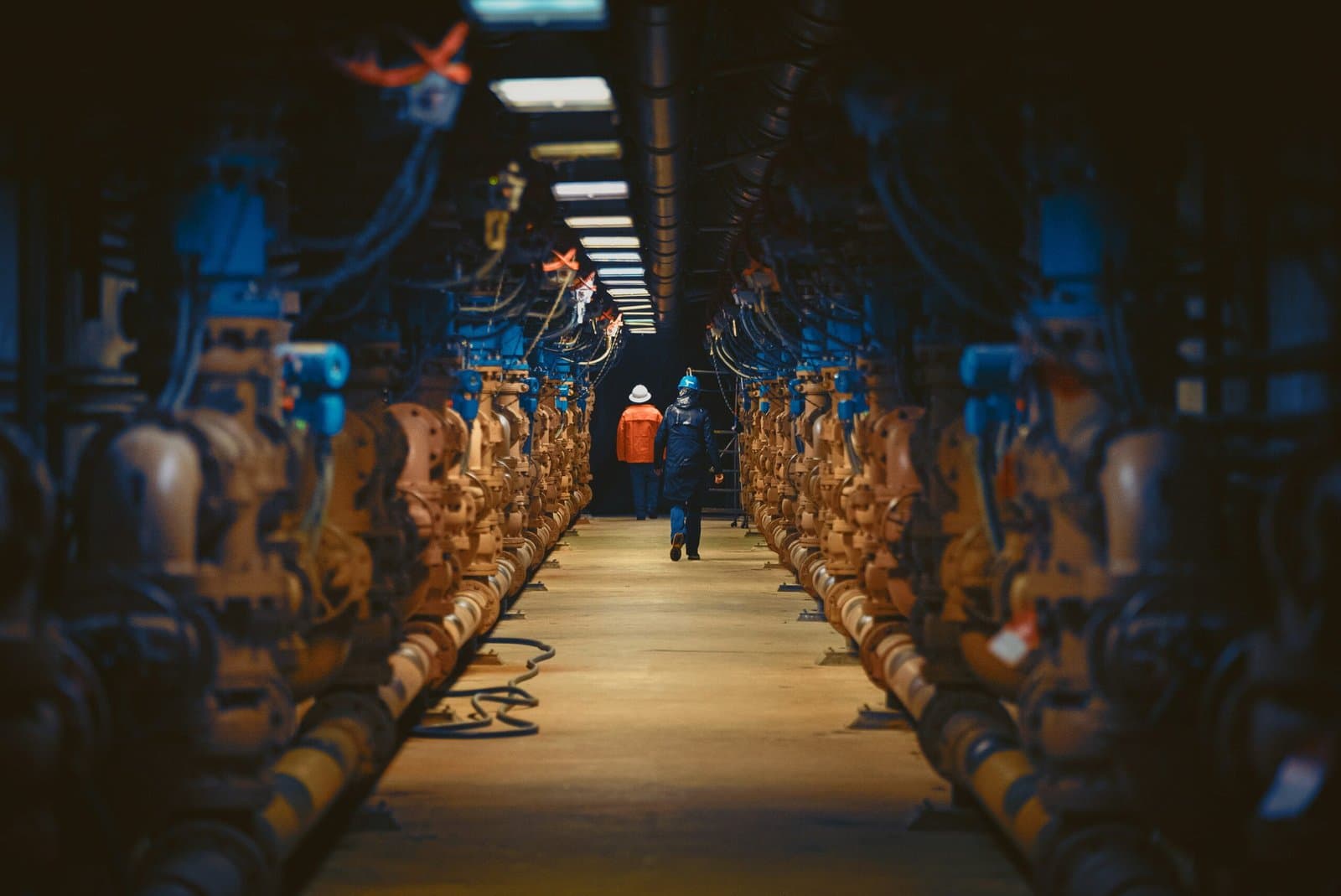
august 30, 2025
Decommissioning a Facility: How to Turn It into a Profitable Venture
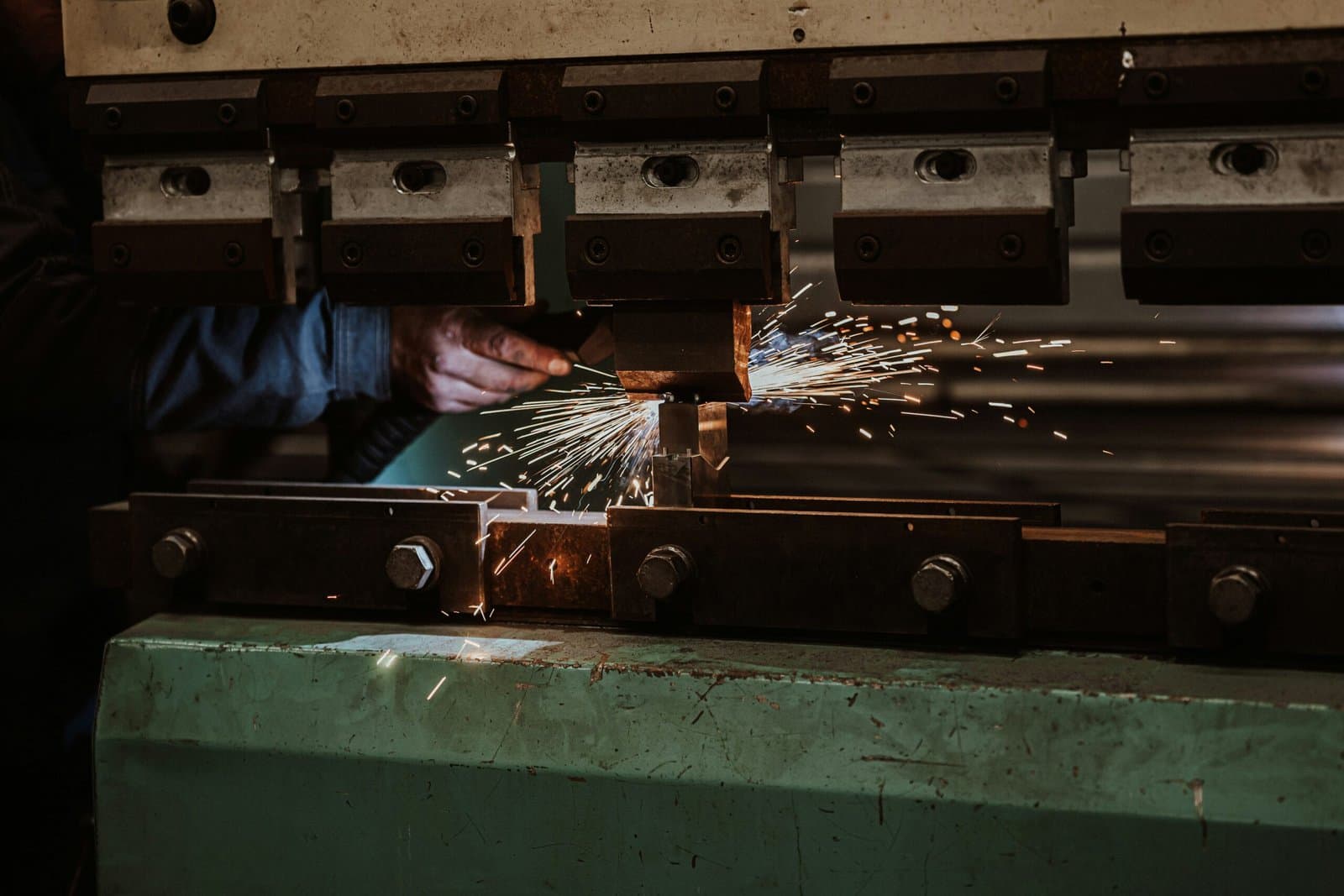
august 25, 2025
Hydraulic Press Maintenance 101
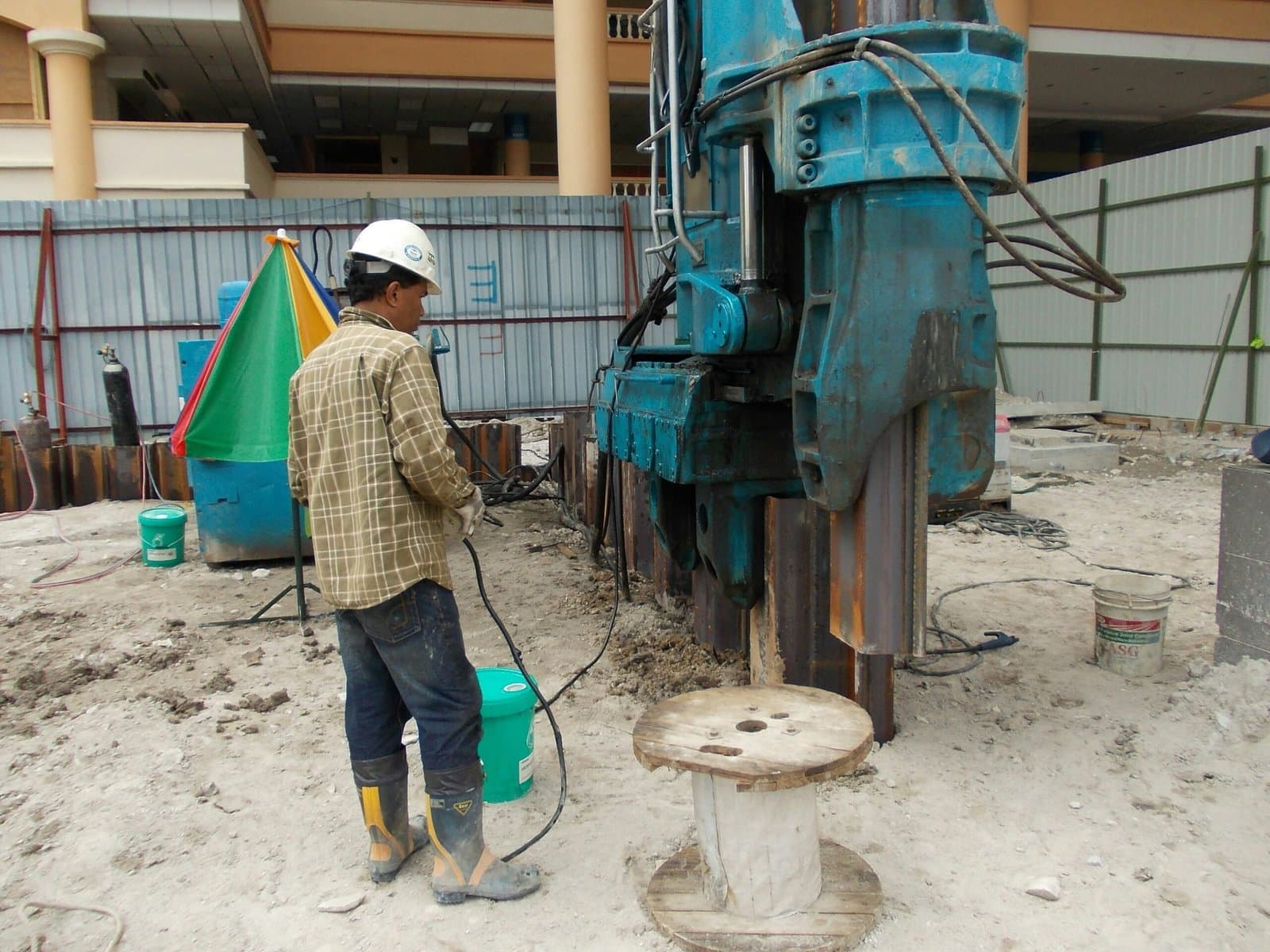
august 18, 2025
Rigging Machinery: The Challenge of Moving and Installing Outdated vs. Modern Equipment
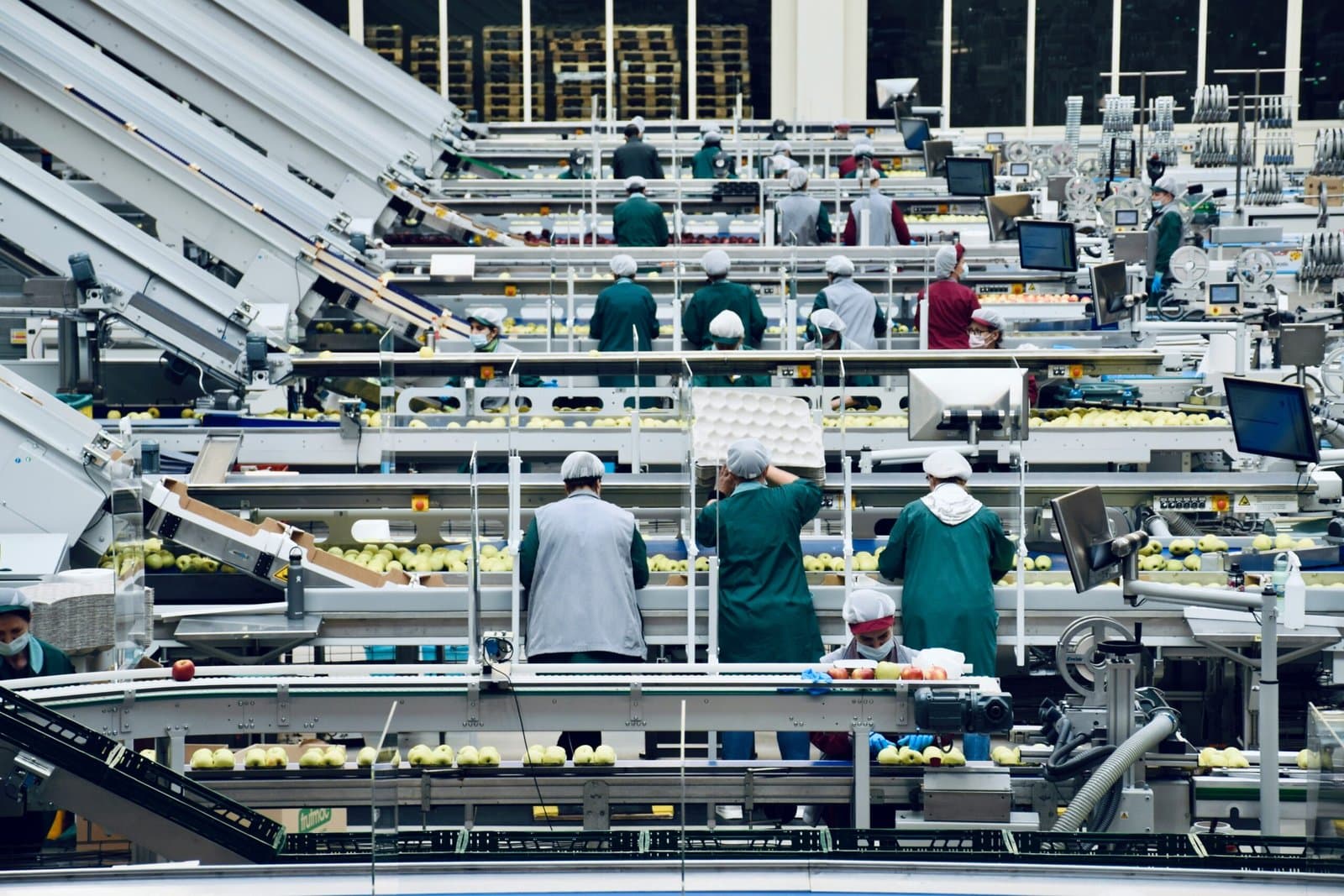
august 16, 2025
Conveyor System Maintenance: 5 Early Warning Signs of Failure
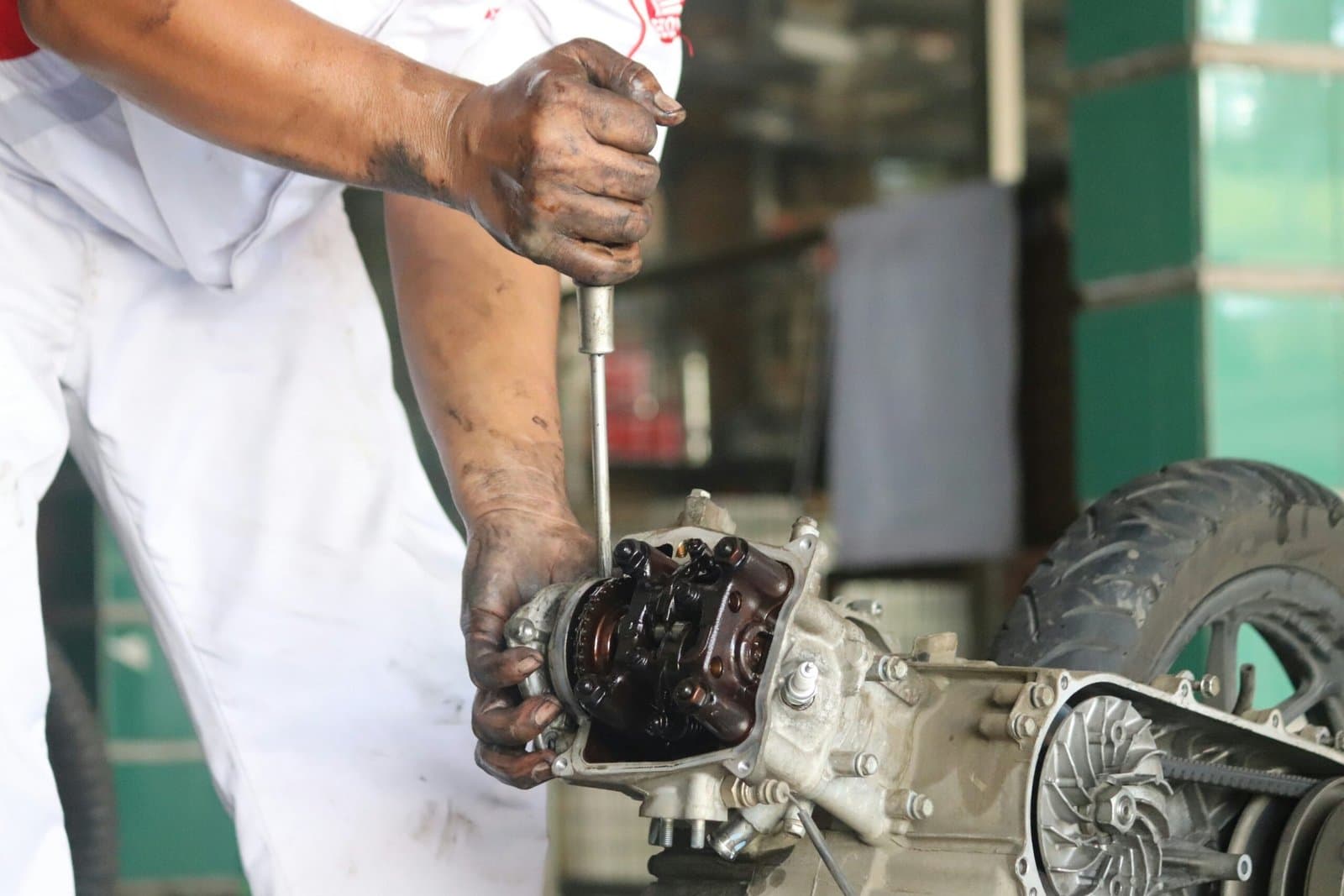
august 14, 2025
Predictive Maintenance: The Smarter Alternative to Costly Reactive Repairs

august 11, 2025